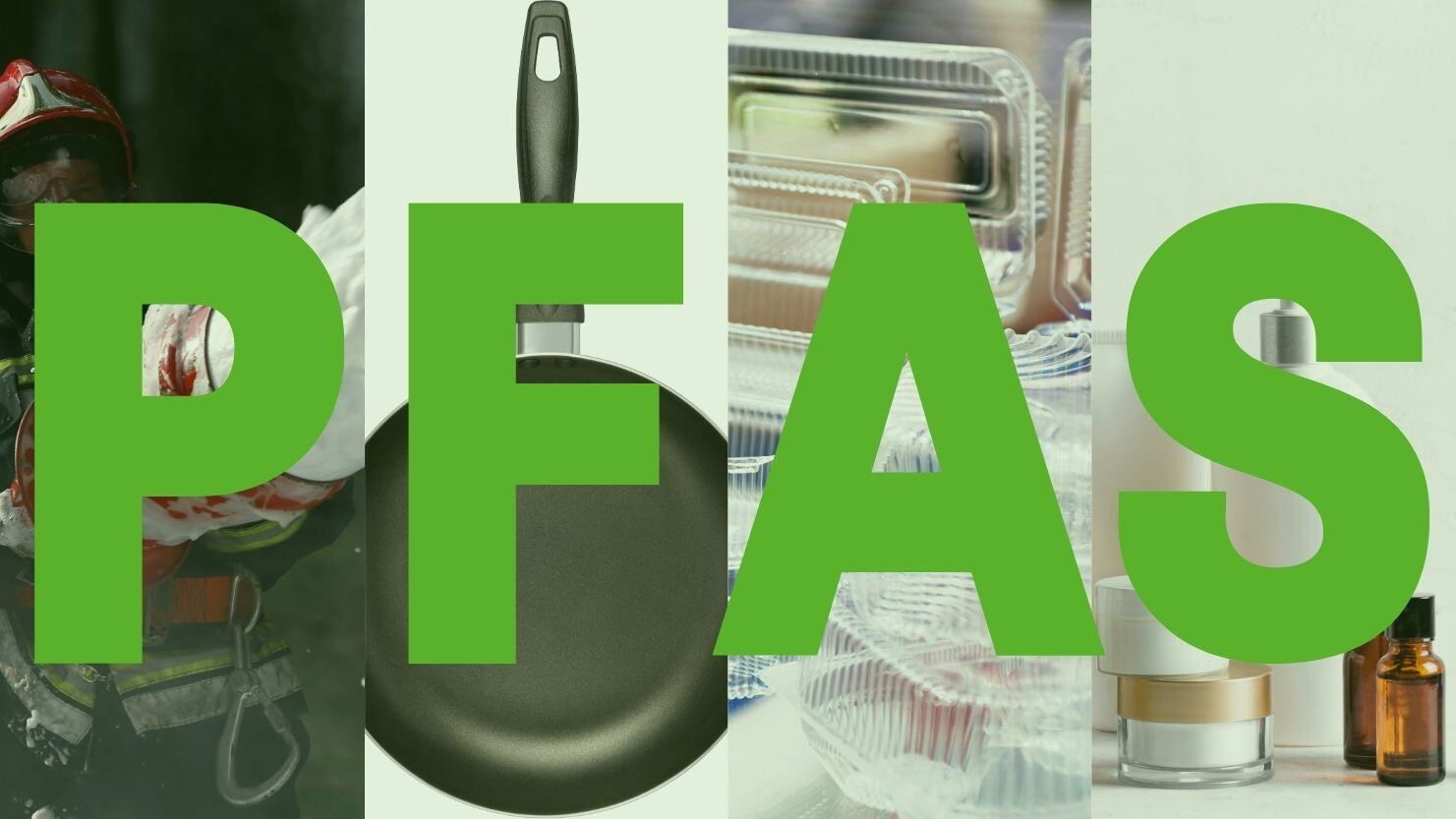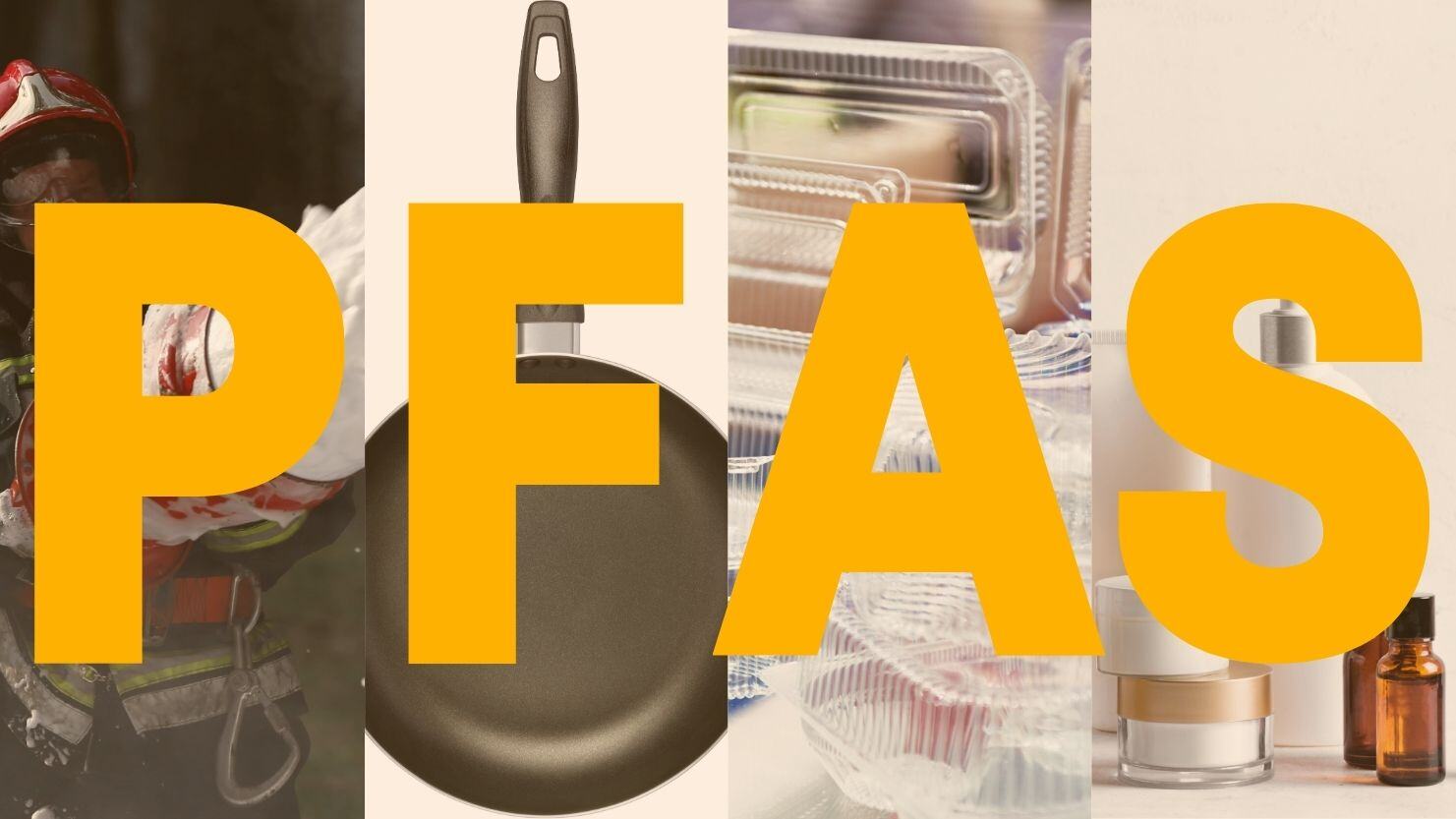Managing PFAS with SAP: Regulations and Business Challenges

PFAS make product compliance stewards sweat. Companies are at risk of getting fined, lose customers or reputation because of them. The good news for SAP customers:
- You have most of what you need for a good solution already available
- You can leverage existing data and processes
- Your solution can be reliable, auditable, and have a high degree of automation
We provide a series of blog posts explaining how to do that using SAP product compliance applications. The first one provides clear insights into current PFAS regulations and implications for your business.
Persistency and Toxicity Make PFAS a Serious Threat
Per- and polyfluoroalkyl substances (PFAS) have existed since the 1950s and are a group of synthetic chemicals. In other words, they are entirely human-made and have no natural origin. First celebrated for their robustness and persistence, they are now losing popularity. Their wide usage, ranging from non-stick cookware, outdoor clothing, and food packaging to firefighting foams, has led to pervasive presence in the environment and bioaccumulation in organisms. Turns out, they are not only water, grease, and dirtproof, but also toxic 1, 2, 3.
Recognizing the urgency of the situation, regulatory authorities around the world have intensified efforts to control the production, use, and disposal of PFAS.
The Pioneer of PFAS Regulations: TSCA Section 8(a)(7)
On 11th October 2023, the United States (U.S.) Environmental Protection Agency (EPA) published the finalized reporting and recordkeeping rule for PFAS under TSCA Section 8(a)(7). It is not the first PFAS-related regulation but it is the most comprehensive one until now.
- The mission? Learn about commerce's hidden containment by building a large PFAS database.
- The definition? EPA's definition of PFAS goes beyond discrete substance lists, using a chemical structure definition. This should avoid regrettable substitution - replacing one PFAS by another. These are two explicit lists containing about 14,000 relevant substances (PFAS8a7 Comptox list and TSCA 8(a)(7) PFAS Chemicals list in the System of Registries). However, the lists are not exhaustive and will likely see additions in the future.
- The obligation? Everyone who manufactures, produces, or imports any amount of PFAS for a commercial purpose in or to the U.S. or has done so since the 1st of January 2011 has to report this to EPA's Central Data Exchange (CDX) platform until the 8th of May 2025 4, 5, 6.
EU Decision Expected 2025
The European Chemicals Agency (ECHA) is currently evaluating a restriction proposal of approximately 10,000 PFAS that was submitted by authorities in Sweden, Norway, the Netherlands, Germany, and Denmark on January 13th, 2023. Like TSCA Section 8(a)(7), the proposal restricts the whole chemical PFAS group, not only specific substances. The final decision is expected in 2025. This accelerates the need for industry action even more 7, 8, 9.
The Pool of PFAS Regulations
Next to the TSCA pioneer and ECHA follower, some stricter PFAS-related measures exist and are on the horizon 9, 10, 11.
- EU REACH, Stockholm Convention (POP), and CLP regulations have existed for quite some time now. They already restrict PFAS subgroups such as HFPO-DA, PFBS, PFOA, PFHpA, APFO, or PFNA and are regularly updated with new restrictions (e.g., PFHxS in 2023).
- On the US state level, 74 PFAS-related policies were introduced in 2024 until now. They demand greater transparency, appropriate money for PFAS-related research, and prohibit intentionally added PFAS.
- Asia's strategy on PFAS is, at the moment, behind the EU and the US efforts. China, Japan, and South Korea are still implementing restrictions following the Stockholm Convention.
The picture is clear. The PFAS storm is brewing. The current small scope of strict PFAS regulations will explode after TSCA Section 8(a)(7) and ECHA's restriction proposal. Even if PFAS hasn't touched you yet, the future impact on the industry is inevitable. It is time to prepare and act.
Key Business Challenges
Kick off your PFAS journey by approaching the following key challenges. Remember that PFAS regulations can vary by location and industry. Your whole value chain, customers, and suppliers will be affected.
- Identify any PFAS-containing materials, chemicals, or products. This includes raw materials, additives, coatings, or other substances that may contain PFAS. Upcoming regulations might require you to report on exact amounts. Even if not, it's advisable to determine the extent to which you are affected - by volume of sales or mass. You need to engage your suppliers to achieve this.
- Create a PFAS inventory as a base for tracking and reporting PFAS data.
- Substitute PFAS with safer alternatives where feasible.
- Stay up-to-date with the latest PFAS developments by engaging with industry peers, and regulatory bodies.
- Assess supply chain disruption risks as regulations may affect the availability or cost of PFAS-related materials.
- Mitigate liabilities and legal risks associated with historical PFAS use, disposal, or contamination.
- Maintain auditable records of PFAS compliance efforts to be prepared for providing documentation to regulatory authorities.
- Provide training to employees involved in handling, using, or managing PFAS-containing materials. This training should cover safety procedures, regulatory compliance, and reporting requirements.
PFAS is demanding your attention and action now. Stay tuned for our upcoming blog posts in this series. Elevate PFAS compliance by learning about assets and options that SAP customers have. Boost impact by integrating a reliable and auditable product compliance collaboration solution with a high level of automation.
Bibliography
- Goldenman et al., The cost of inaction. in TemaNord. Copenhagen: Nordic Council of Ministers, 2019. doi: 10.6027/TN2019-516.
- L. Richter, A. Cordner, and P. Brown, “Non-stick science: Sixty years of research and (in)action on fluorinated compounds,” Soc Stud Sci, vol. 48, no. 5, pp. 691–714, Oct. 2018, doi: 10.1177/0306312718799960.
- Schrenk et al., “Risk to human health related to the presence of perfluoroalkyl substances in food,” EFSA Journal, vol. 18, no. 9, Sep. 2020, doi: 10.2903/j.efsa.2020.6223.
-
EPA Press Office, “EPA Finalizes Rule to Require Reporting of PFAS Data to Better Protect Communities from Forever Chemicals,” Washington, Sep. 28, 2023. Accessed: Jan. 04, 2024. [Online]. Available: https://www.epa.gov/newsreleases/epa-finalizes-rule-require-reporting-pfas-data-better-protect-communities-forever
- EPA Office of Pollution Prevention and Toxics, “Instructions for Reporting PFAS Under TSCA Section 8(a)(7),” Oct. 2023. [Online]. Available: https://www.epa.gov/assessing-and-managing-chemicals-under-tsca/tsca-section-8a7-reporting-and-recordkeeping
- EPA, “Toxic Substances Control Act Reporting and Recordkeeping Requirements for Perfluoroalkyl and Polyfluoroalkyl Substances,” Fed Regist, vol. 88, no. 195, Oct. 2023, Accessed: Jan. 04, 2024. [Online]. Available: https://www.govinfo.gov/content/pkg/FR-2023-10-11/pdf/2023-22094.pdf
- ECHA, “ECHA publishes PFAS restriction proposal,” Helsinki, Feb. 07, 2023. Accessed: Jan. 04, 2024. [Online]. Available: https://echa.europa.eu/de/-/echa-publishes-pfas-restriction-proposal
- ECHA, “ECHA receives more than 5 600 comments on PFAS restriction proposal,” Helsinki, Sep. 26, 2023. Accessed: Jan. 04, 2024. [Online]. Available: https://echa.europa.eu/de/-/echa-receives-5-600-comments-on-pfas-restriction-proposal
- ECHA, “ANNEX XV RESTRICTION REPORT PROPOSAL FOR A RESTRICTION SUBSTANCE NAME(S): Per-and polyfluoroalkyl substances (PFASs). Version Number 2.,” Helsinki, 2023. Accessed: Feb. 01, 2024. [Online]. Available: https://echa.europa.eu/documents/10162/f605d4b5-7c17-7414-8823-b49b9fd43aea
- Safer States, “Bill Tracker.” Accessed: Feb. 01, 2024. [Online]. Available: https://www.saferstates.org/bill-tracker/?status=Introduced&year=2024:2024&toxic_chemicals=PFAS
- T. Thomas, A. Malek, J. Arokianathar, E. Haddad, and J. Matthew, “Global Regulations Around PFAS: The Past, the Present and the Future,” 2023. [Online]. Available: http://chm.pops.int/TheConvention/ThePOPs/TheNewPOPs/


